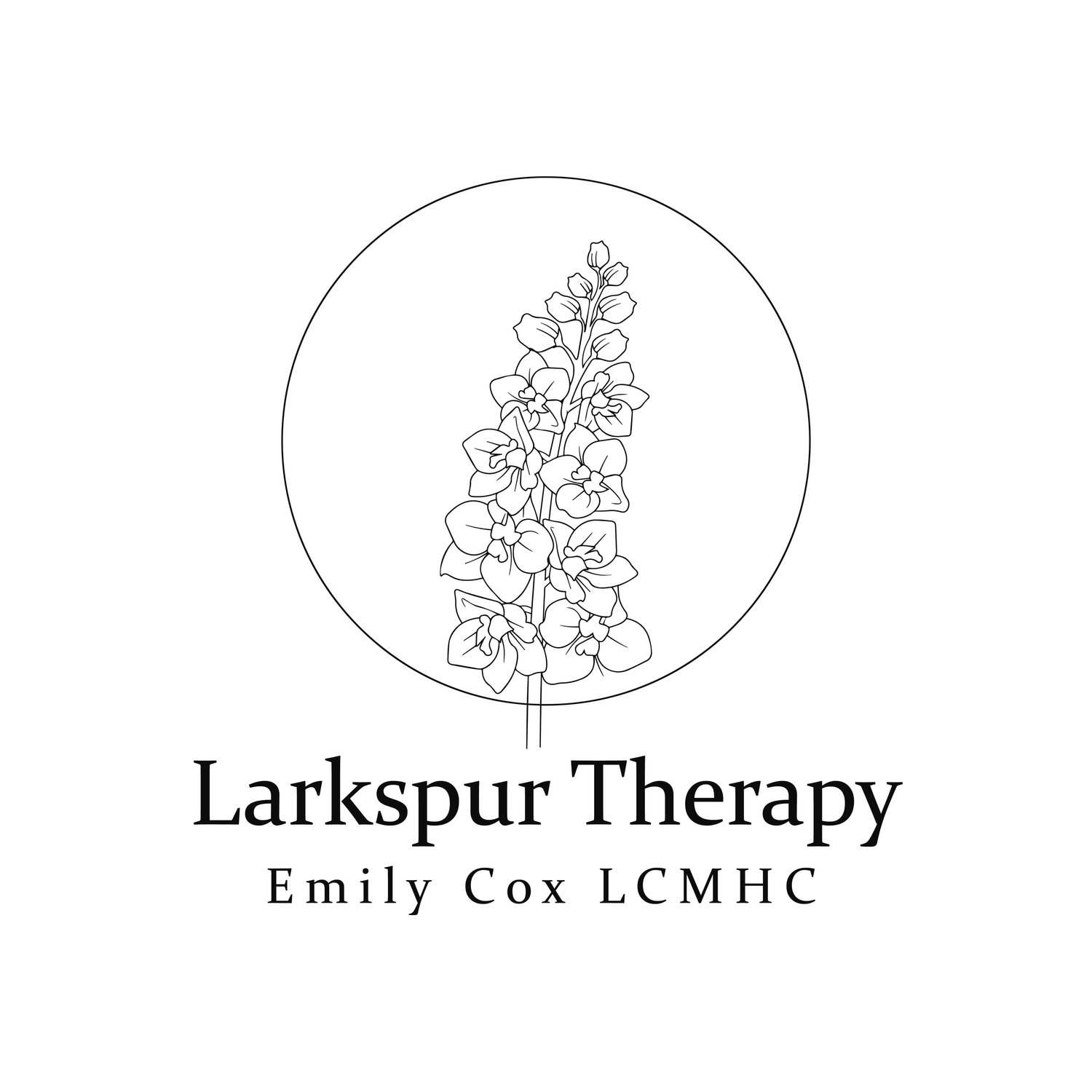Secret Gardens In My Mind
When life gets stressful or overwhelming, we can respond in many different ways. One of the common responses to anxiety can be maladaptive daydraming. While daydreaming is a natural and often beneficial part of the human experience, maladaptive daydreaming can significantly disrupt one’s life. Maladpative daydreaming can blurr the lines between healthy imagination and harmful escapism. Taylor Swift illustrates this concept in the song “I Hate It Here.” Some key lyrics include:
“If comfort is a construct
I don't believe in good luck
Now that I know what's what”
“I hate it here so I will go to
secret gardens in my mind
People need a key to get to
The only one is mine”
“I'll save all my romanticism for my inner life
and I'll get lost on purpose”
“And in my fantasies I rise above it
And way up there, I actually love it”
Understanding Maladaptive Daydreaming
Maladaptive daydreaming is a condition characterized by excessive, immersive daydreaming that interferes with an individual’s ability to function in daily life. Those who experience it may spend hours engrossed in elaborate, fantastical worlds, often to the detriment of their real-life responsibilities and relationships. This immersive daydreaming can be triggered by a variety of factors, including stress, boredom, loneliness, or trauma.
Unlike the fleeting daydreams many of us experience, maladaptive daydreaming is intense and consuming. It involves vivid, story-like fantasies that can be as engaging and detailed as a novel or movie. People with this condition often report a sense of fixation to their daydreams, feeling an overwhelming urge to return to their imagined worlds.
Expressive Arts Therapy and Maladaptive Daydreaming
Expressive arts therapy is uniquely suited to address maladaptive daydreaming. This therapeutic approach leverages the power of creativity—through art, music, dance, drama, and writing—to help individuals explore and understand their emotions and experiences. For those struggling with maladaptive daydreaming, expressive arts therapy can offer a unique outlet. Clients can experience a structured yet flexible way to channel their imaginative capacities into productive, healing activities.
Creating Safe Spaces for Exploration
One of the first steps in addressing maladaptive daydreaming through expressive arts therapy is creating a safe and supportive environment. This allows clients to express their feelings and experiences without fear of judgment. Art, in its many forms, becomes a medium through which they can safely explore the themes and narratives that populate their daydreams.
For instance, visual arts can be particularly effective. By translating their daydreams into drawings, paintings, or sculptures, clients can externalize their inner worlds. This process not only provides insight into the content and themes of their daydreams but also helps them gain control over their imaginative processes. Similarly, writing can allow individuals to narrate their daydreams, transforming them from private, consuming experiences into shared stories that can be discussed and analyzed.
Transforming Daydreams into Healing Narratives
A key therapeutic goal is to help clients harness their imaginative strengths in ways that enhance their real lives. For example, individuals can draw or act out scenes from their daydreams, gaining new perspectives and insights. This can reveal underlying emotional issues and provide a platform for experimenting with different outcomes and solutions.
Benefits of Expressive Arts Therapy for Maladaptive Daydreaming
Self-Awareness and Insight
The creative process facilitates self-reflection and insight. By externalizing their inner worlds, clients can gain a better understanding of the themes, desires, and conflicts that drive their daydreaming. This awareness is the first step towards addressing the underlying concerns.
Emotional Regulation
Artistic expression provides a healthy outlet for emotions that may otherwise fuel maladaptive daydreaming. By channeling their feelings into creative activities, clients can learn to manage stress and anxiety more effectively.
Integration of Fantasy and Reality
Expressive arts therapy helps clients bridge the gap between their fantasy worlds and real lives. Through creative exploration, they can find ways to incorporate positive aspects of their daydreams into reality, fostering a more balanced and fulfilling life.
Empowerment and Control
The act of creating art can be empowering. Clients often feel a sense of accomplishment and control over their creative outputs, which can translate into a greater sense of agency in their lives.
Way Up Here I Actually Love It
Maladaptive daydreaming presents a unique challenge for both clients and therapists. However, expressive arts therapy offers a powerful approach to addressing this condition. By harnessing the transformative power of creativity, individuals can explore and understand their daydreams, manage their emotions, and integrate their inner and outer worlds. As a creative therapist, witnessing clients reclaim control over their lives through creative expression is profoundly rewarding. It is a testament to the healing potential of the arts and their ability to transform even the most elusive aspects of our psyche.
Click Below to learn more about Expressive Arts Therapy.
Contact Me for more information about therapy sessions in Asheville, NC and across NC, SC, and FL.

